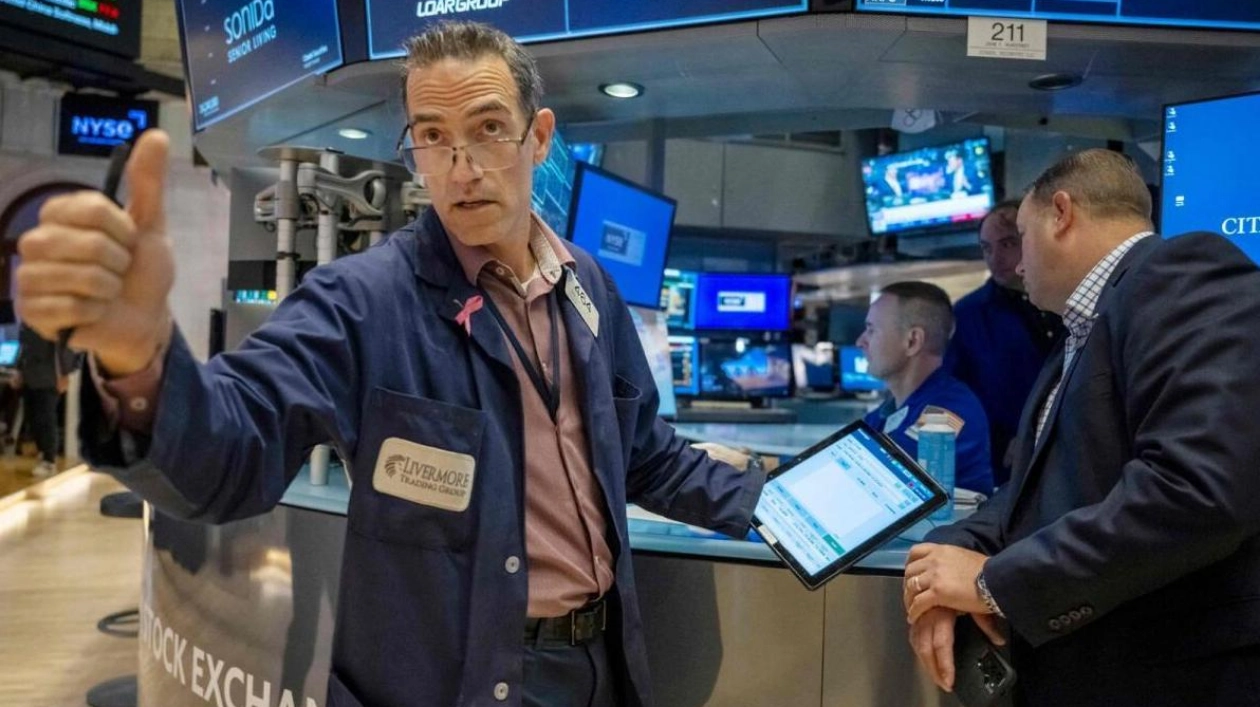US stocks are rising again, driven by hopes for a smooth economic recovery, as positive data eases fears of a recession after a severe market downturn earlier this month. The S&P 500 has surged over 6% since August 5, rebounding from its steepest three-day decline in more than two years. The Cboe Volatility Index, known as Wall Street's 'fear gauge', has also dropped significantly from its four-year highs, indicating a swift return to market calmness.
This week's reports on retail sales, inflation, and producer prices have eased concerns about an economic slowdown, which were initially triggered by disappointing employment data at the beginning of the month. These favorable economic indicators have encouraged investors to re-engage in various successful trades this year, ranging from investing in Big Tech stocks to more recent bets on small and mid-cap companies that gained momentum in July.
"There was a genuine scare about economic growth," noted Mona Mahajan, a senior investment strategist at Edward Jones. "Since then, the economic data has indeed turned out to be much more positive." Several top performers of 2024 have seen significant rebounds since August 5. Chipmaker Nvidia has surged over 20%, and the Philadelphia SE Semiconductor index has risen by more than 14%. Small-cap shares, which were strong in July, have also bounced back, with the Russell 2000 up nearly 5%.
Traders are now reducing their bets on the Federal Reserve needing to implement large rate cuts in September to prevent a recession. As of late Thursday, futures linked to the Fed funds rate indicated a 25% chance of a 50 basis point cut in September, down from about 85% on August 5, according to CME FedWatch data. The likelihood of a 25 basis point cut is now at 75%, reflecting expectations of the Fed starting an easing cycle in September.
"You can't completely dismiss the possibility of a hard economic landing, but there are many reasons to believe that economic momentum is currently being maintained," said Jim Baird, chief investment officer at Plante Moran Financial Advisors. The Fed's future plans may become clearer next week when Chair Jerome Powell speaks at the central bank's annual economic policy symposium in Jackson Hole, Wyoming.
Economists at BNP Paribas predict that Powell's speech will highlight the progress made on inflation, which is sufficient to initiate rate cuts. For the year, the S&P 500 is up over 16% and is close to its all-time high in July. Mahajan from Edward Jones anticipates that the soft-landing scenario, along with lower interest rates, will enable more stocks to contribute to the market rally, rather than just a few large-cap companies that have dominated the market this year.
Analysts at Capital Economics believe that a soft landing for the US economy will sustain the enthusiasm for artificial intelligence, which has been a key driver of market gains. "Our forecast for the S&P 500 by the end of 2024 remains at 6,000, based on the expectation that the AI narrative, which was prominent in the first half of the year, will regain momentum," they stated. This target is about 8% higher than the S&P 500's closing level on Thursday.
While the recent economic data provides reassurance, it does not entirely eliminate market concerns as September approaches, a month historically known for its volatility. Investors will be closely monitoring Nvidia's earnings at the end of the month and another employment report on September 6.
"There has definitely been a sense of relief in the market," said Quincy Krosby, chief global strategist at LPL Financial. "The question now is whether the next payroll report will confirm the market's expectations for a soft landing."






